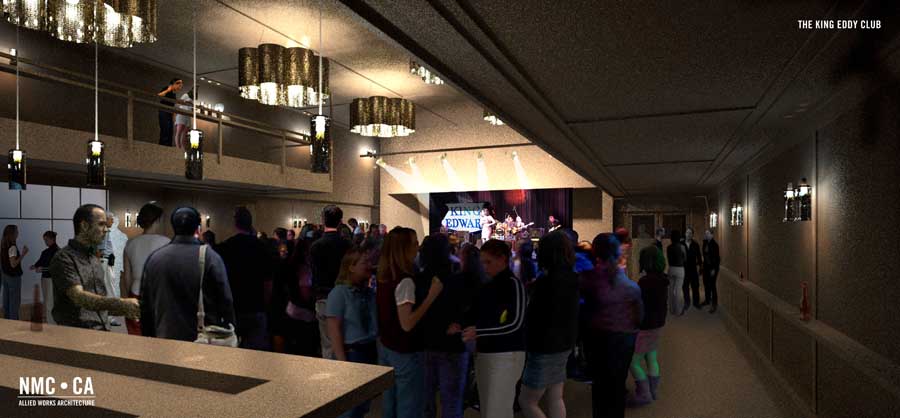|
V-Ray Interior Rendering |
|
|---|---|
| Screenshot |

|
| This exercise will focus on using Vray's Artificial Lights and various options within the Vray Render Option Dialogue Box to control settings for a interior render. | |
| Assessment objectives |
Assessment objectives include:
|
| Exercise Type | Problem Set |
| Evaluation Criteria |
|
| Uses Tool(s) | Tool:VRay |
| Uses Workflow(s) | |
Using the provided model (or your own model if you would like to practice on your own work), create two different renderings:
Rendering 1 - Using View A in the Interior Lighting Model, Place spotlights appropriately within model. Editing settings appropriately to reduce blotchiness of render.
Rendering 2 - Using the Gallery Model, create a night render of scene with glass used to emit light to exterior of building. Make sure that the daylight settings are consistent with a night render.
Camera Settings for all renderings should be appropriate so that the rendered elements of the model are not burned out(too bright) or lack contrast(too dark).
Each rendering should be rendered at the 800x600 pixel size and placed on the template document created earlier in the semester.
Document will be turned in as a PDF by the following Monday at 2pm.
- Files
- Interior Lighting Model